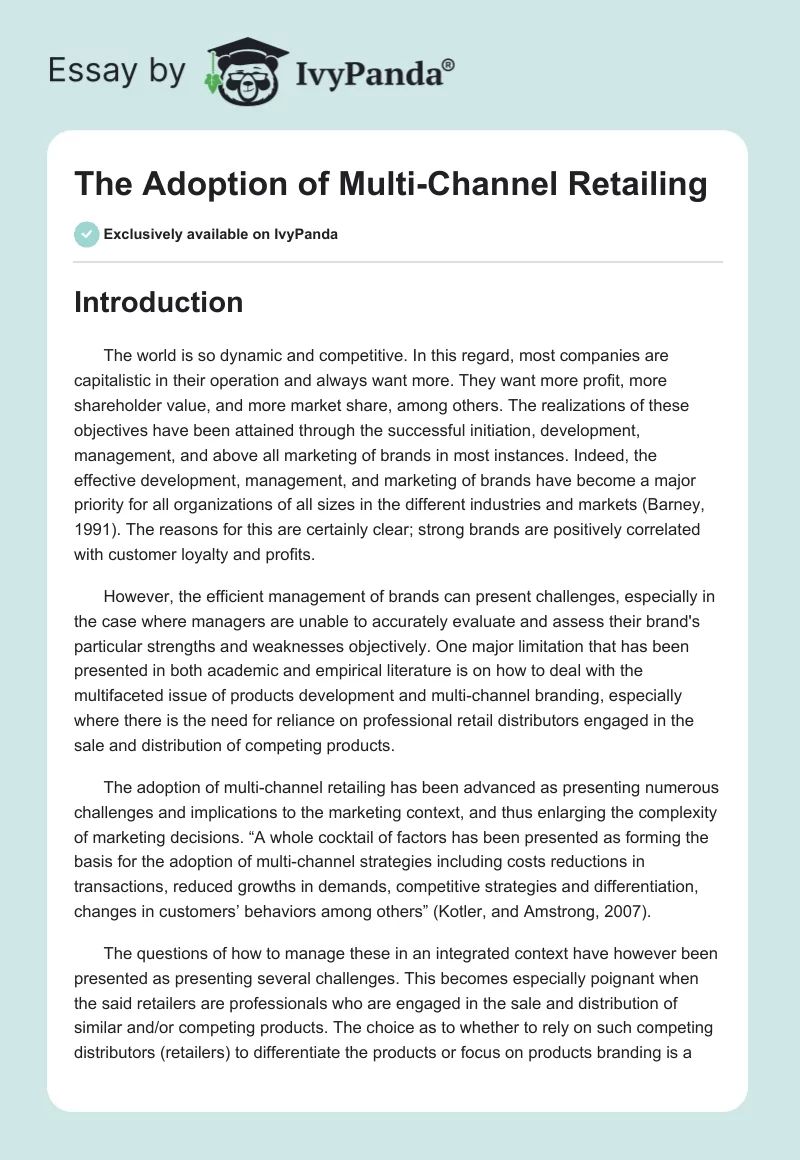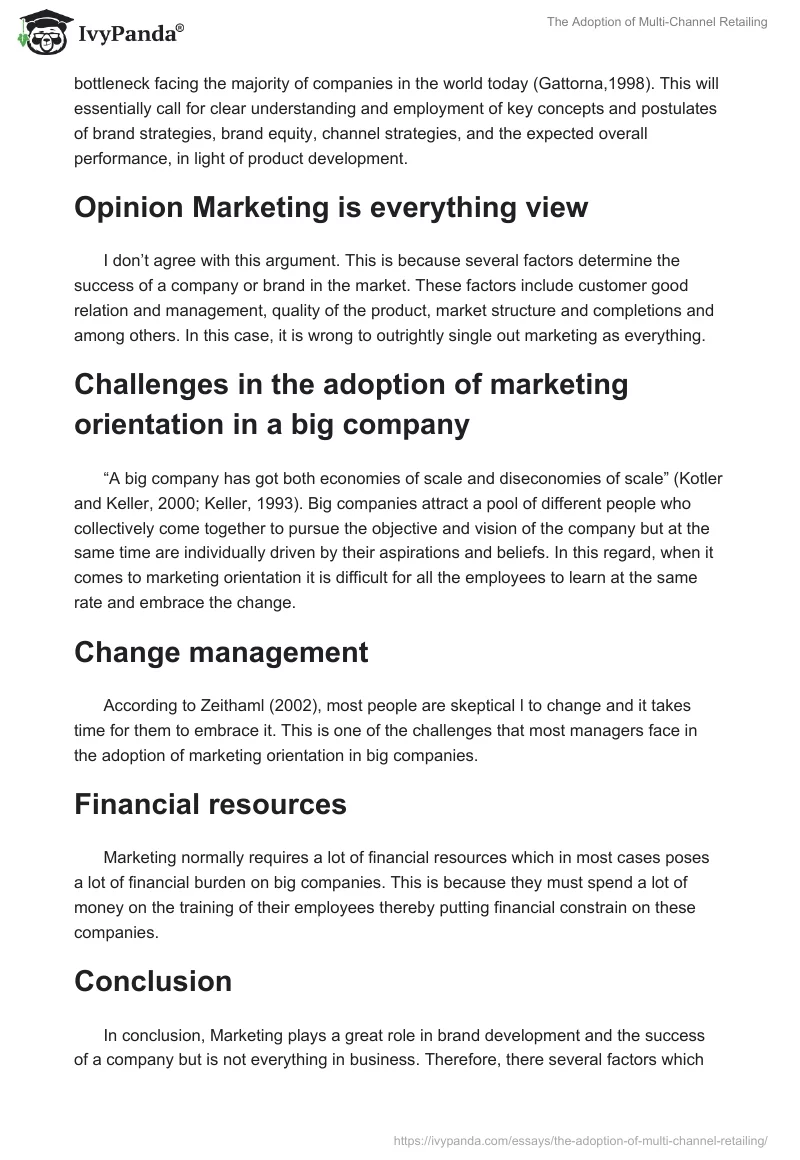Introduction
The world is so dynamic and competitive. In this regard, most companies are capitalistic in their operation and always want more. They want more profit, more shareholder value, and more market share, among others. The realizations of these objectives have been attained through the successful initiation, development, management, and above all marketing of brands in most instances. Indeed, the effective development, management, and marketing of brands have become a major priority for all organizations of all sizes in the different industries and markets (Barney, 1991). The reasons for this are certainly clear; strong brands are positively correlated with customer loyalty and profits.
However, the efficient management of brands can present challenges, especially in the case where managers are unable to accurately evaluate and assess their brand’s particular strengths and weaknesses objectively. One major limitation that has been presented in both academic and empirical literature is on how to deal with the multifaceted issue of products development and multi-channel branding, especially where there is the need for reliance on professional retail distributors engaged in the sale and distribution of competing products.
The adoption of multi-channel retailing has been advanced as presenting numerous challenges and implications to the marketing context, and thus enlarging the complexity of marketing decisions. “A whole cocktail of factors has been presented as forming the basis for the adoption of multi-channel strategies including costs reductions in transactions, reduced growths in demands, competitive strategies and differentiation, changes in customers’ behaviors among others” (Kotler, and Amstrong, 2007).
The questions of how to manage these in an integrated context have however been presented as presenting several challenges. This becomes especially poignant when the said retailers are professionals who are engaged in the sale and distribution of similar and/or competing products. The choice as to whether to rely on such competing distributors (retailers) to differentiate the products or focus on products branding is a bottleneck facing the majority of companies in the world today (Gattorna,1998). This will essentially call for clear understanding and employment of key concepts and postulates of brand strategies, brand equity, channel strategies, and the expected overall performance, in light of product development.
Opinion Marketing is everything view
I don’t agree with this argument. This is because several factors determine the success of a company or brand in the market. These factors include customer good relation and management, quality of the product, market structure and completions and among others. In this case, it is wrong to outrightly single out marketing as everything.
Challenges in the adoption of marketing orientation in a big company
“A big company has got both economies of scale and diseconomies of scale” (Kotler and Keller, 2000; Keller, 1993). Big companies attract a pool of different people who collectively come together to pursue the objective and vision of the company but at the same time are individually driven by their aspirations and beliefs. In this regard, when it comes to marketing orientation it is difficult for all the employees to learn at the same rate and embrace the change.
Change management
According to Zeithaml (2002), most people are skeptical l to change and it takes time for them to embrace it. This is one of the challenges that most managers face in the adoption of marketing orientation in big companies.
Financial resources
Marketing normally requires a lot of financial resources which in most cases poses a lot of financial burden on big companies. This is because they must spend a lot of money on the training of their employees thereby putting financial constrain on these companies.
Conclusion
In conclusion, Marketing plays a great role in brand development and the success of a company but is not everything in business. Therefore, there several factors which contribute to the development of a brand, a company, a product, or the success of a business in a given market.
References
Barney, J, 1991. Firm Resources and Sustained Competitive Advantage. Journal of Management 17(1): 99. benefits and challenges. Journal of database management, 10 (1), 39-45.
Gattorna, J, 1998. Strategic supply chain alignment: best practice in supply chain management. Texas, TX: Gower Publishing, Ltd.
Keller, K.L, 1993, Conceptualizing, Measuring, and Managing Customer-Based Brand Equity. Journal of Marketing, 57, 1-22.
Kotler, P and Keller, K, 2009. A framework for Marketing Management. Philadelphia: Pearson International Edition.
Kotler, P. and Amstrong, P, 2007, Principles of Marketing. New York, NY: John Wiley and Sons.
Zeithaml, K, 2002. Brand Loyalty Programs: Are They Shams? Marketing Science, 24(2): 185-19.


